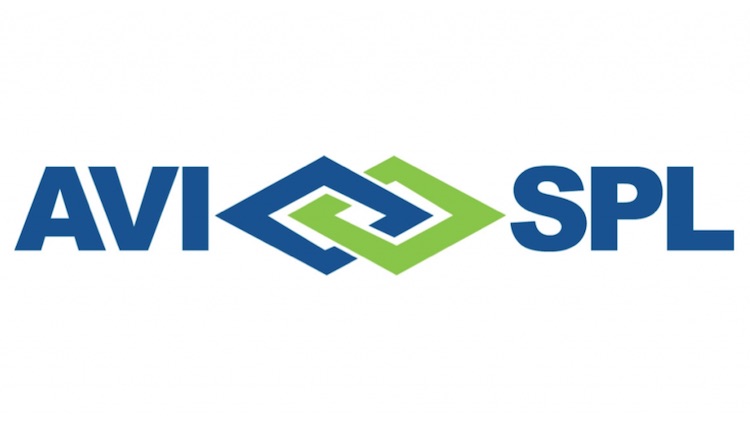
- Measuring outcomes of AV systems is changing at an alarming pace in respect to not only the analytics, but the reporting of them. This principle was front and center at AVI-SPL’s annual Sales Acceleration Summit held in April. Members of the executive team sat down with SCN to dig into the latest developments and customer demands.
- Chiefly of note, the industry’s largest integrator was fresh off the news of a major update to its meeting management and monitoring system, Symphony 4.0, adding a major simplification of data collection. Anything that is effectively in the room and on the IP network can be monitored and managed. The update couldn’t have come at a more opportune time as the platform, and the technology usage dynamics, rests at the forefront of the organization’s managed services proposition.
- Based on this usage factor for an organization, AVI-SPL is looking to serve clients based on ROI and evaluating the methods and engagement process to take technology user adoption up in the realm of 60, 70, or even 80 percent as a goal. “We think this is a new, radical way of working with the major global organizations to add genuine value,” said Daniel Rogers, VP of global channels.
- Generally speaking, most anyone can sell a product or a service, and even a global installation, to a certain extent, “but who is taking them to the next level to give a business justification, an outcomes review, analytics, and then a justification to the business that the investment has been justified? That is where I think we are taking it to the next level,” he said.
- Workforce transformation adoption is accelerating, and in many ways, it’s a charting new territory for AV integration firms. “When we’re helping our customers understand that journey, they’re going into the new frontier as well,” said John Zettel, CEO. “They’re trying to figure out ‘What DO our employees want for that experience,’ and we’re able to really give them those metrics that can say: in those rooms, here’s what’s being driven. It even goes beyond the ROI and the utilization; it’s the planning and the design of the journey for global rollout.”
- Every customer stands at a different junction of that journey, and the value the integrator brings is guiding them through the varying stages of that process by bringing in the right mix of technology and services “that will take them where they need to be, and to that destination,” Rogers said. “But that destination never arrives, as we know in our industry.”
- While even the most savvy of technologists can find themselves swimming in the data lake, for Rogers, the most important metric is the usage.
- That’s not to say that they myriad other metrics provided do not add value—data monitoring devices’ up- and downtime, projector lamp life, and other functional metrics are all vital sources of information. “There’s certainly value in that, but we’re saying that the real value is the further outcomes that you can measure to help them make business decisions of what the next phase is in their standardization,” said Dale Bottcher, senior VP, sales and marketing.
- While a push for more content is a customer demand growing in prominence today, the biggest request is the standardization of experiences, including consistent user interfaces regardless of room size, location, or vendors used. Room standardization has proven challenging with retrofit projects; however, new builds provide the opportunity to establish these standards, which they can then try to deploy in legacy rooms. There’s value to add for the integrator in pushing this model, but it’s very much a customer-driven trend, Bottcher noted.
- On the wider spectrum of managed services trends, “I think that the realization that the migration from a capex to opex model is very much a now topic,” Rogers said.
- This is good news for integrators, and it’s good for customers as their modern technological needs are catered to. Through daily conversations with customers, Rogers reported a need of proper help in this critical transition, whether it’s considering what their cloud proposition should be or analyzing room usage to evaluate ROI. The growth of huddle rooms continues to drive the desire for these services. “That is going to change the whole dynamic of the way we consume technology and serve the user,” Rogers said. “We’re already seeing that.”
- With the digital workplace transformation and the inherent unknowns being charted every day, the relationship between integrators and end users is only strengthening. “We’re all in this journey together,” Zettel said. “The power of that experience compounds itself as we continue to go and learn new applications.”
- And as the conversation evolves, even the nature of the language used to talk to customers and prospects has been changing. Ultimately, as Rogers said, “One thing that is obvious to me—and I have a global role in the organization—is that none of this is local anymore. It is all global. The true value comes from being able to demonstrate how that can be implemented almost anywhere in the world.”














